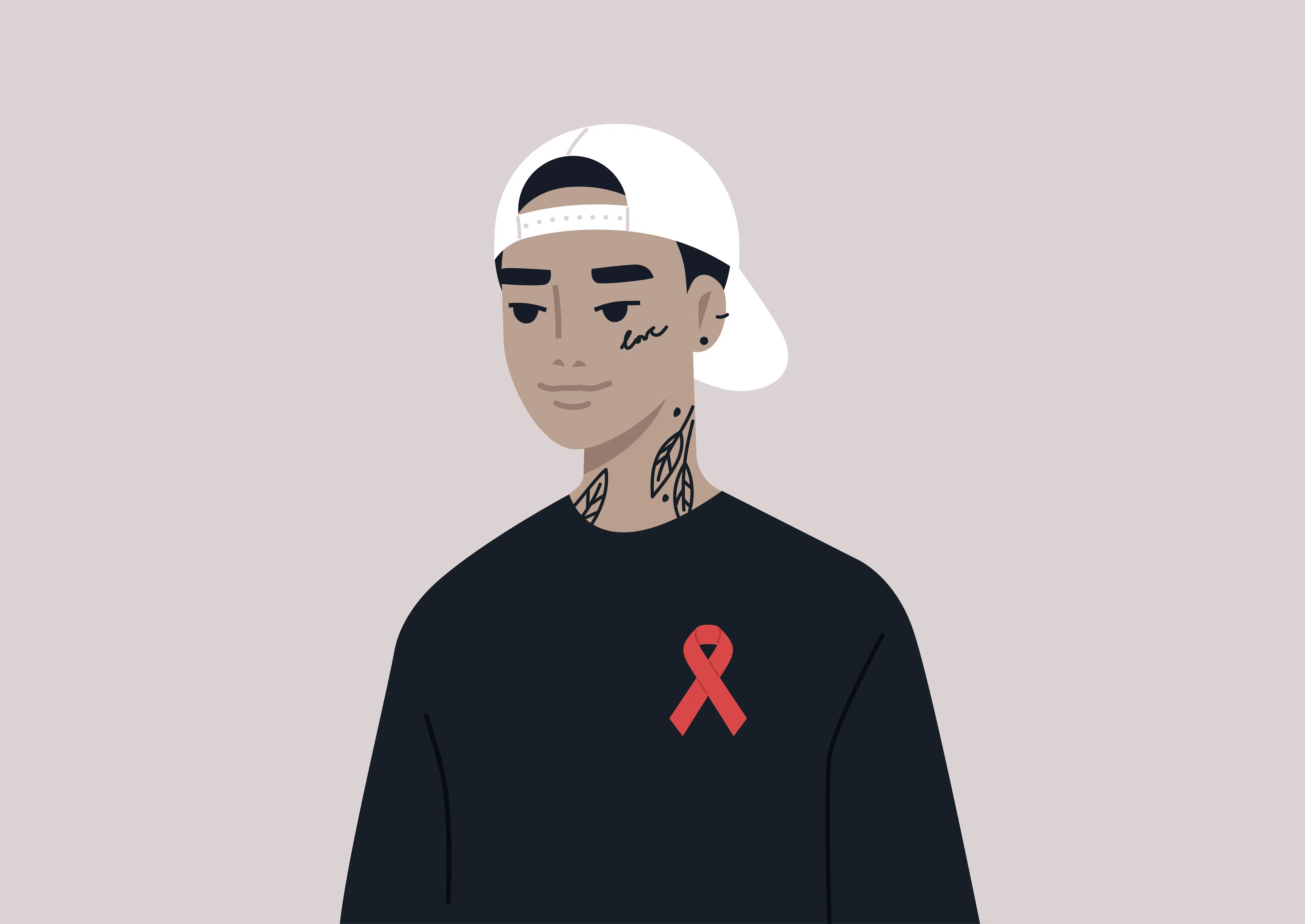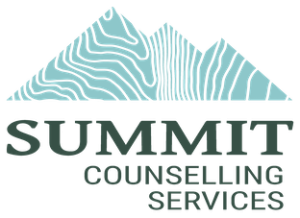HIV stigma is unfavorable attitudes and beliefs about a person or people who live with HIV. Some examples include:
- Believing that only specific groups of people can be diagnosed or live with HIV.
- Making judgments about people who want to take precautions in preventing HIV transmission.
- Feeling that some people deserve to get HIV because of the choices they make.
What Is the Impact of HIV Stigma?
HIV stigma and discrimination can negatively affect the emotional well-being and mental health of people living with HIV. People living with HIV can internalize the stigma, and it can lead to a negative self-image. In addition, they may fear people’s reactions if they reveal their HIV status.
“Internalized stigma” or “self-stigma” can happen as well. This experience occurs when a person takes in the negative stereotypes about people living with HIV start and then start to believe it themselves. As a result, this internalized stigma can lead to shame, isolation, distress, and despair. Also, it can prevent people from wanting to get treatment for HIV.
What Kinds of Things Cause HIV Stigma?
HIV stigma dates back to having a fear of HIV. These ideas about fearing HIV have come from images that first appeared in the 80s. However, there are still misconceptions today about how this virus is transmitted and what it means to live with it.
Since there is such a lack of information, awareness, education, and outdated beliefs, these factors can lead to people fearing HIV. In addition, many people are of the belief that HIV is a disease only certain groups get. As a result, negative value judgments develop about people who are living with HIV.
How Can We Address HIV Stigma?
Stigma Scenarios: Support in Action. These scenarios provide information about how HIV stigma can occur in any situation and learn ways to stand up to stigma and take action.
Pledge Cards: A Commitment to Action. These pledge cards allow you to help stop HIV stigma. You can download them, customize them, and share them on your blog, website, and social media platforms.
Knowing how to talk about HIV can also reduce stigma. When you use the correct terminology and language, you can further empower those with HIV.
Here are some preferred terms below that avoid misinformation surrounding HIV:
| Problematic Term | Preferred Term |
| AIDS (when referring to the HIV virus) | HIV
HIV and AIDS (when referring to both terms) |
| Why: AIDS is not a specific condition, it is a variety of conditions or a syndrome that comes about when a person’s immune system is weakened by the HIV infection. | |
| To catch AIDS
and catch HIV To pass on HIV |
To be diagnosed with HIV
To acquire HIV To transmit HIV |
| Why: It is not possible for AIDS to be caught or transmitted. People can get HIV or it can be transmitted, but it is not a hereditary condition. | |
| Unprotected sex | Sex without a condom or medicines that prevent or treat HIV (for example pre-exposure prophylaxis (PrEP) or antiretroviral therapy) |
| Why: “Unprotected sex” is usually associated with sex that happens without a condom. However, more precise terms are needed since there are various ways outside condom use to have safe sex that prevents HIV. | |
| Body fluids | Blood, amniotic fluid, semen, pre-ejaculate, vaginal fluids, rectal fluids, breast milk |
| Why: Only certain body fluids transmit HIV. The general term “body fluids” encompasses all fluids in the body and not just those that occur in HIV transmission. Being specific is a better approach. | |
| To battle HIV and/or AIDS
War against HIV/AIDS |
Response to HIV and AIDS |
| Why: These terms have a militaristic connotation and can create the idea that people with HIV need to be “fought” or eliminated. | |
| High(er) risk group(s)
Groups with high-risk behavior |
High-risk behavior
Highly affected communities Key populations Key populations at higher risk |
| Why: These terms give the impression that there’s a membership for a particular group that results in an HIV-positive diagnosis. It can also provide a false sense of security to people who do not identify with any of these groups. | |
| Victims
Sufferers Contaminated Sick |
People/person with HIV |
| Why: Some people with HIV may feel that these words imply that they are powerless, and have no control over their lives. These terms can also segregate the people who have HIV. | |
| AIDS patient
HIV patient Patient |
Person with AIDS
Person with HIV HIV-positive person Person living with HIV |
| Why: The term “patient” can imply a continual state of illness, which can be misleading and demoralizing. In essence, outside a clinical context, a person would not be referred to as a patient by others. | |
| Positives
HIVers AIDS or HIV carrier(s) |
HIV-positive people/person
People/person with HIV People/person with AIDS |
| Why: An individual is not HIV or AIDS. Instead, a person lives with HIV once they have the virus or it progresses to an AIDS diagnosis. | |
In Summary
At LGBTQ and ALL, we firmly believe in reducing stigma when it comes to HIV. Be sure to do more research and learn how you can be a better ally to those living with HIV.














